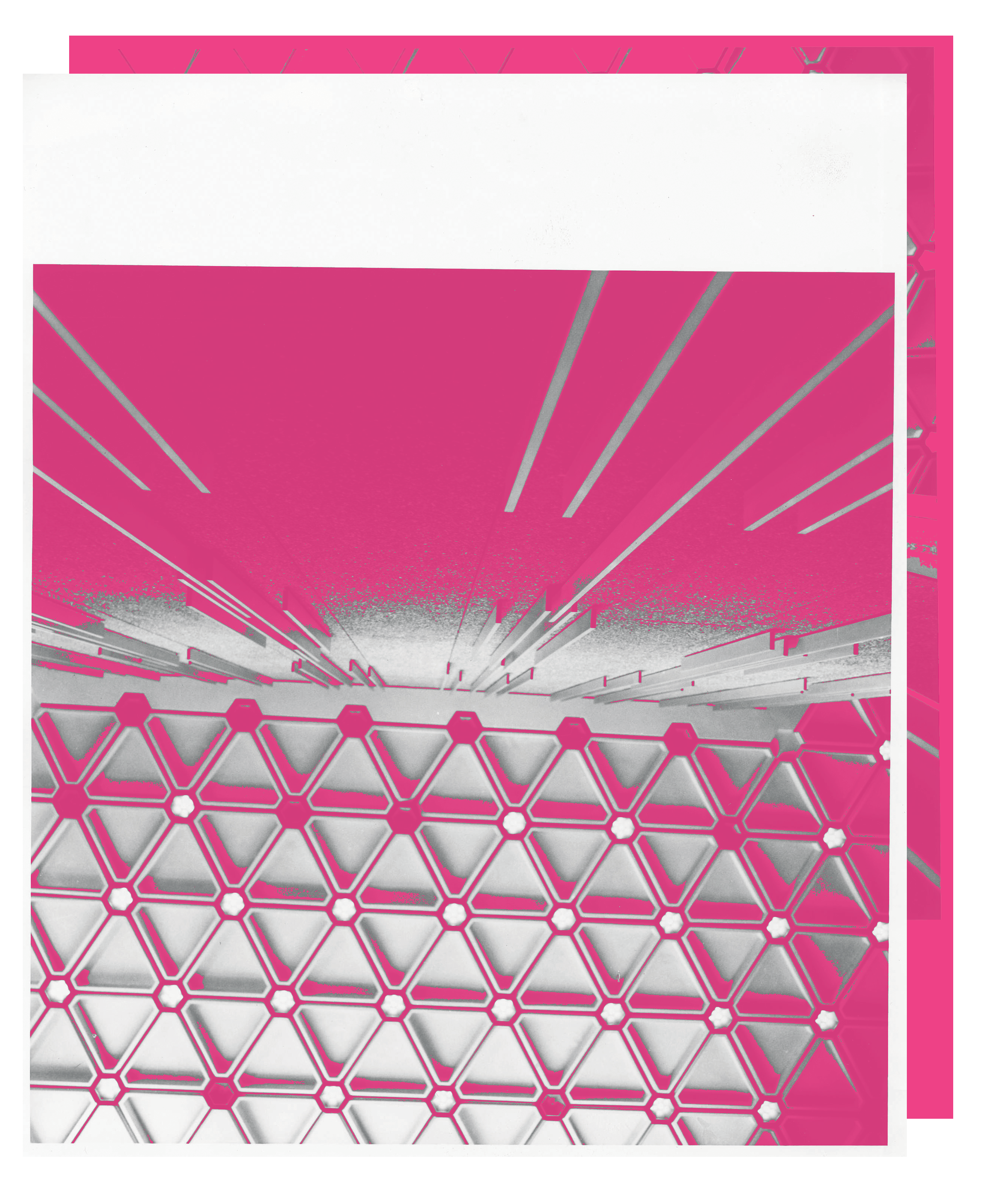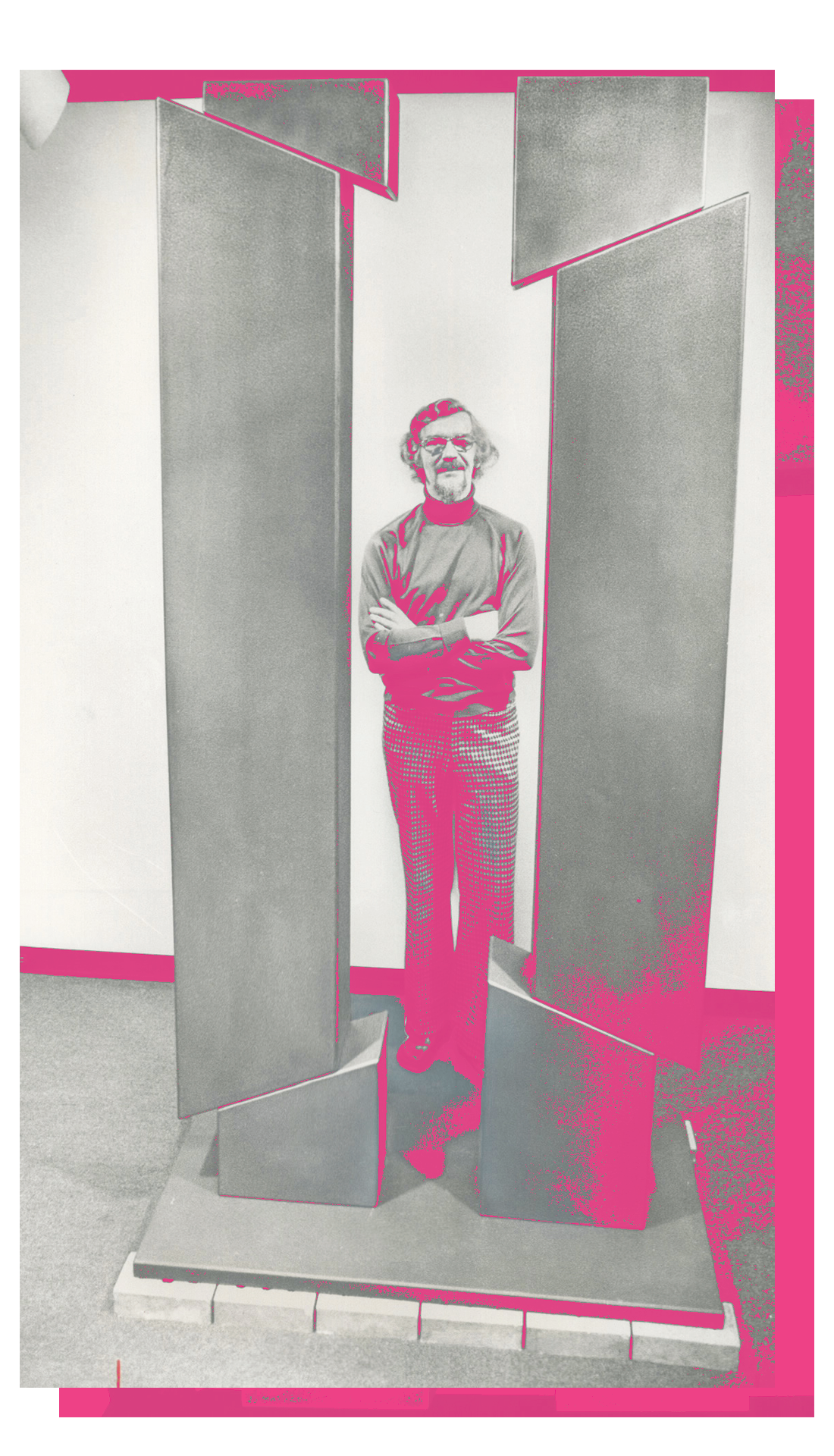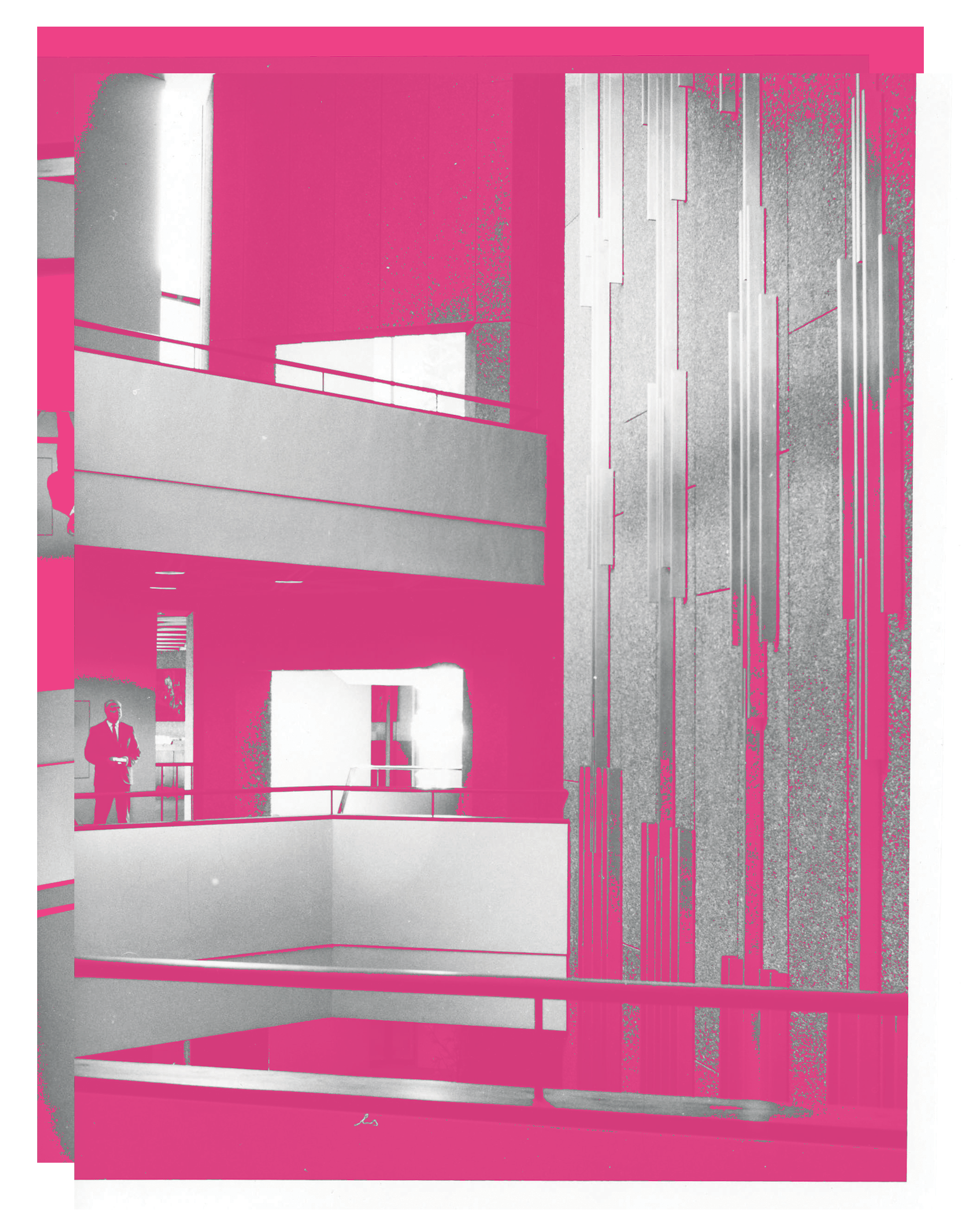
ABOUT THIS PAGE
This web page is intended to be a virtual exploration of Gino Lorcini and his art at the National Art Centre in Ottawa, Canada. Here, multimedia design tools and digital storytelling techniques are used to teach others about Lorcini’s contributions to Canadian art and the creative processes involved. The virtual exhibit is part of a larger collection of other projects documenting the many other art pieces located at the NAC.
As we become an increasingly more digital society, there is a growing responsibility to accurately and equitably voice past stories. These stories may once have been carried through visual arts, drama, literature and much more, but as technological breakthroughs afford new mediums for stories to be told, it becomes easier to leave our origins behind. The fusion of culturally historical artifacts with new storytelling mediums will keep our species grounded in our roots while permitting for fresh exploration in digital socio-cultural spaces.
As the creator of this project, I am making an attempt to model how technology can be used intentionally to incite an appreciation for our past while also admiring how these tools can be used to mindfully augment our evolution. This text-based introduction offers context to the material covered in Equilibrium, an interactive learning experience which concludes the exhibit. Enjoy.


ABOUT THE ARTIST
Born in England, Gino Lorcini came to Canada upon turning 25, and spent his youth living in Montreal, ON. He studied with Arthur Lismer, a former Group of Seven painter, at the Montreal Museum of Fine Arts. There, Lorcini became well known for his aesthetic architectural designs, often using aluminum and other metal alloys. In 1969, Lorcini was commissioned to create a mural for the opening of the National Centre of Performing Arts in Ottawa; the result was Untitled.
Lorcini was also an instructor of Fine Arts classes in the Faculty of Education at Glenaladale, Macdonald College. When asked about his personal practices and creative teachings, his responses were fundamentally rooted in spirituality and metaphysical philosophy, with a simultaneous expertise in technical and high-level craftsman skills. “I try to bring in the notion that students are living in a world of emerging moments,” he claims in a 1966 interview. In Lorcini’s classes, the criterion of successful learning was stated as “complete involvement with the totality at hand.” These creative ideologies are embodied in Untitled and are further explored in Equilibrium.
ABOUT UNTITLED
Untitled was created as a direct response to a physical space created by the NAC’s unique architecture, as Lorcini was tasked with filling a massive flat surface outside of the centre’s amphitheatre. The relief is composed of grouped segments of rectangular aluminum prisms/bars, arranged vertically across the wall, stretching over 30-feet in height. Its presence is subtle in relation to the grand architecture of the arts centre, surrounded by decor, textures, and other art pieces. However, Untitled offers profound meaning and insights echoing Lorcini’s creative ideologies to those who take the time to appreciate and investigate its existence.
Equilibrium aims to provide users with a guided learning path through what Untitled was created to offer. The material is intended to be digested in whatever order, duration, and space desired by the user. This is an exciting affordance of virtual storytelling, making it both more effective but also personal. The interactive learning experience explores the meaning behind the visual imagery of the piece, as well as some thematic interpretations which may be derived. What is special about a project attempting to document an art piece of historical value is the role of the designer/storyteller in guiding the viewer towards the same mode of perception that the artist experienced or intended. That said, Untitled like all other art is often best left to the individual to appreciate; Equilibrium is but a prompt for further inquiry.
